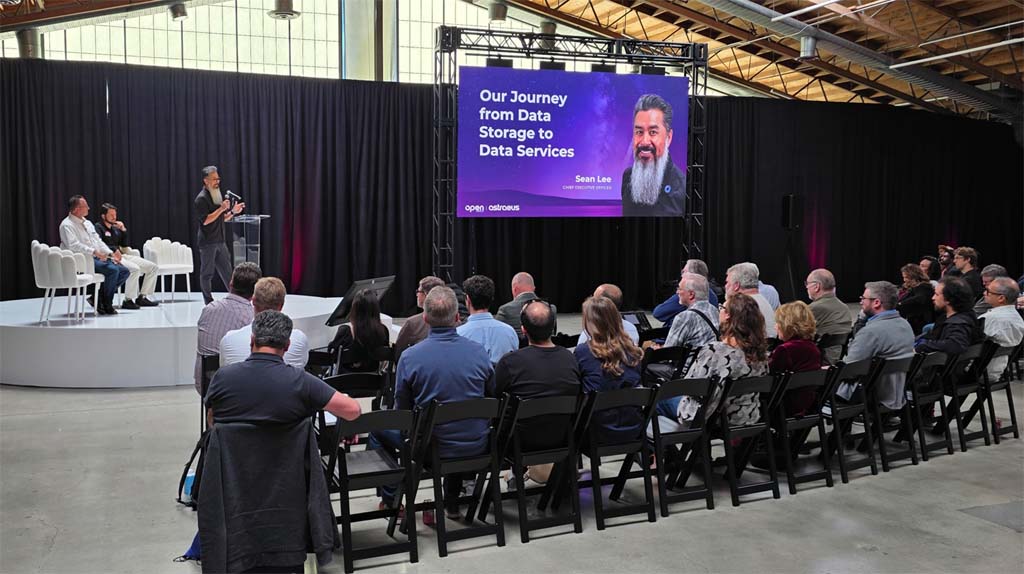House bill said to speed DTV adoption, would require minimum DTV signal strength, mandate plug-and-play issue
Members of the U.S. House of Representatives last week introduced legislation requiring the FCC to establish minimum power levels for the DTV transmissions of broadcasters and to adopt the “plug-and-play” agreement reached in December 2002 between the cable and consumer electronics industries.
The Consumer Access to Digital Television Enhancement Act introduced by Republican Lee Terry from Nebraska and Democrat Rick Boucher from Virginia is intended to remove impediments to the speedy adoption of DTV sets on the part of consumers.
"This bill provides a clear blueprint to move the television medium into the 21st Century," said Terry. "This flexible legislation provides a path to ensuring digital TV services for all American households."
"Several obstacles stand in the way of consumers' access to digital television," said Boucher. "The Consumer Access to Digital Television Enhancement Act of 2003 will eliminate the most severe of these obstacles and accelerate the transition, enabling consumers to receive more easily digital television sooner."
Among the provisions of the legislation is a requirement for the FCC to establish minimum power levels for the DTV transmissions of broadcasters no later than July 1, 2004. The Consumer Electronics Association and others have long contended that low-power digital signals are a significant impediment to the proliferation of DTV sets among consumers.
The act also requires the FCC to adopt and implement the “plug-and-play” agreement reached last December between the cable and consumer electronics industry. Plug-and-play would eliminate the need for a separate set-top box to receive digital television signals.
Finally, the bill would require that TVs marketed as “digital cable-ready” be able to receive over-the-air digital television signals. Without this provision, about 30 percent of viewers who are not cable or satellite customers would be unable to receive television broadcasts when the transition from NTSC to DTV is complete.
The professional video industry's #1 source for news, trends and product and tech information. Sign up below.
The act would make it easier for consumers to upgrade to digital television service by eliminating the need for a separate set-top digital cable receiver. The act would require TVs marketed as “digital cable-ready” to follow the FCC regulations. It covers basic analog, basic digital and premium digital cable programming and would kick in 30 days after passage.
"Our legislation breaks the logjam between the three industries (cable, broadcast and consumer electronics) and is vital for the transition to bring digital television to consumers,” said Boucher.
“The real winners are the consumers who will finally be able to buy DTVs that connect directly to digital cable without a set-top box, and enjoy convenient access to HDTV offered by cable providers," he added.
For more information, please visit: http://leeterry.house.gov/News.asp?FormMode=Detail&ID=148.
